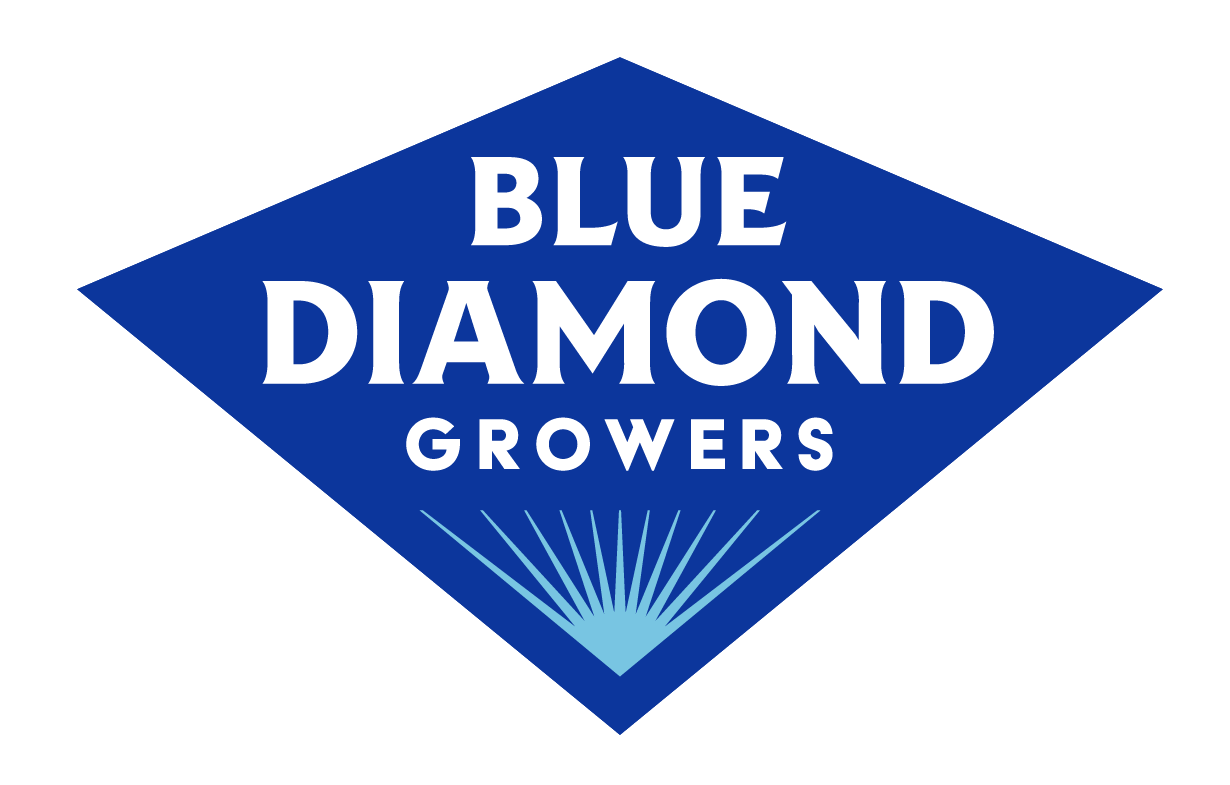“Price is what you pay. Value is what you get.” – Warren Buffett
The almond industry has enjoyed strong volume growth for the past two years with steady increases in price — an enviable position for any industry. Prices over the two year period increased by $.40-50 or 12.5% annually with demand growing by 427 million pounds or 13.5% annually. Even with the increases in price, almonds remained a value to the global consumer due to health and wellness benefits, taste and status as lowest price tree nut. Prices marched methodically higher and consumer demand increased seemingly unaffected by the slow upward price trend. Growers, handlers, customers and consumers were happy with this market dynamic.
On the other hand, the marketing of the 2012 crop has proceeded very differently. Handlers this summer were rationally selling the 2012 crop with the belief that it could equal or exceed the biggest on record. As they began to receive this year’s crop, it became clear that the crop was less than anticipated with lower moisture resulting in smaller crop weights and kernel sizes. With the new information, they realized that they had sold a greater share of their handle than anticipated. As a result, they were reluctant to offer additional product to sell and prices increased dramatically in September, while sustaining a steady upward trend through December.
With the release of the December shipment figure and crop receipts to date, two points have become apparent: First, that the total crop size will be very near 1.85 billion lbs, a considerable shortfall from the Objective Estimate of 2.1 billion lbs. Second, that the industry will be unable to sustain the current shipping momentum due to the constraint in supply. These two facts have put more pressure on pricing as world demand still needs to be covered.
Handlers are becoming increasingly cautious in selling as they see the potential for prices to spike further if we encounter a poor bloom. They understand that even with a perfect bloom, there are not enough almonds to sustain demand through the arrival of next year’s crop. January appears to be similar to September with a step change upward in pricing.
When you consider that our industry’s bearing acreage will increase very slowly on a percentage basis over the next few years, while the global population continues to grow and with it demand for great tasting nutritious almonds, the future of our industry looks excellent.
